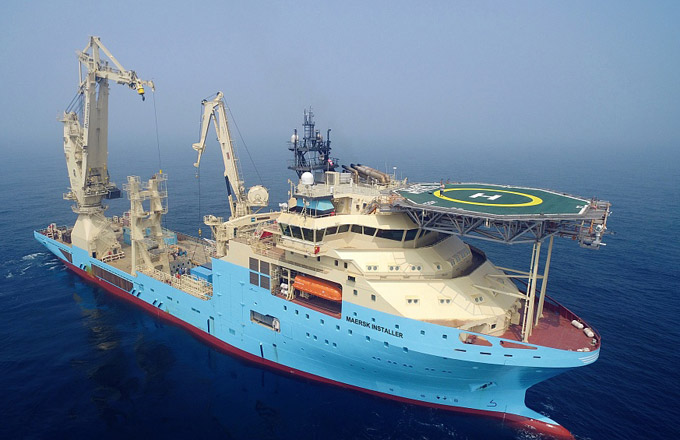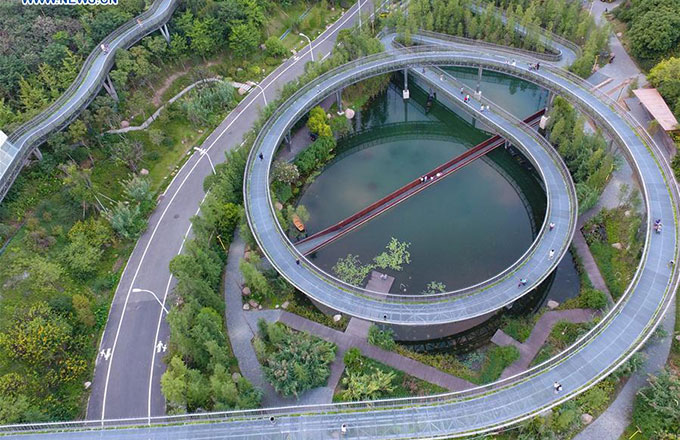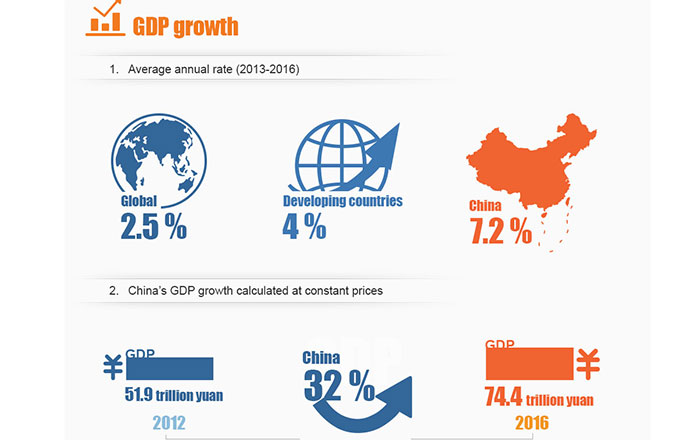China monitors CO2, methane in S. China Sea
 |
|
South China Sea. [Photo/Xinhua] |
China's first greenhouse gas monitoring system in the South China Sea has begun test operations, an important step towards better understanding and protecting this maritime region.
The system will be used to precisely measure carbon dioxide and methane emissions,?the State Oceanic Administration told Science Daily, adding that the system has been designed in accordance with Global Atmosphere Watch standards.
The climatic, geographical and ecological conditions around the Nansha Islands and neighboring areas make it prone to ocean carbon-cycle and ocean acidification exposure, Lin Hongmin, an adviser to the Hainan Provincial Maritime Environment Protection Association, told Global Times on Monday.
Lin said that ocean acidification and warming temperatures are the major cause of coral reef damage, which is largely found in the waters around Nansha.
"Since the 1970s, the area has lost 80 percent of its coral reefs while the mangrove losses could add up to 73 percent. The general situation is serious," Wang Xiaoqiang, a deputy director at the Oceanic Administration, said in May last year.
Oceanol.com, an SOA-affiliated news site, said that the administration already had a greenhouse gas monitoring system on Nansha and Xisha islands, Beishuang Island near Fujian province and Shengshan Island off Zhejiang province, in preparation for building a network of monitoring sites across the country.
The greenhouse gas monitoring system for the South China Sea is a clear sign of China's seriousness about dealing with global warming, as oceans are the biggest carbon trap or storehouse for greenhouse gases, Lin said.
In addition to greenhouse gas emissions, the government has also focused on other environmental protection measures in the ocean, he noted.
Last year, China invested around 470 million yuan ($71.48 million) into scientific research on protecting the ocean environment and deep-ocean technology, according to Wang.
And it started a red-line system to mark ecological protection areas that include over 30 percent of China's marine areas and over 35 percent of the mainland's coastline in 11 provinces to build a comprehensive ocean management system, he concluded.




























